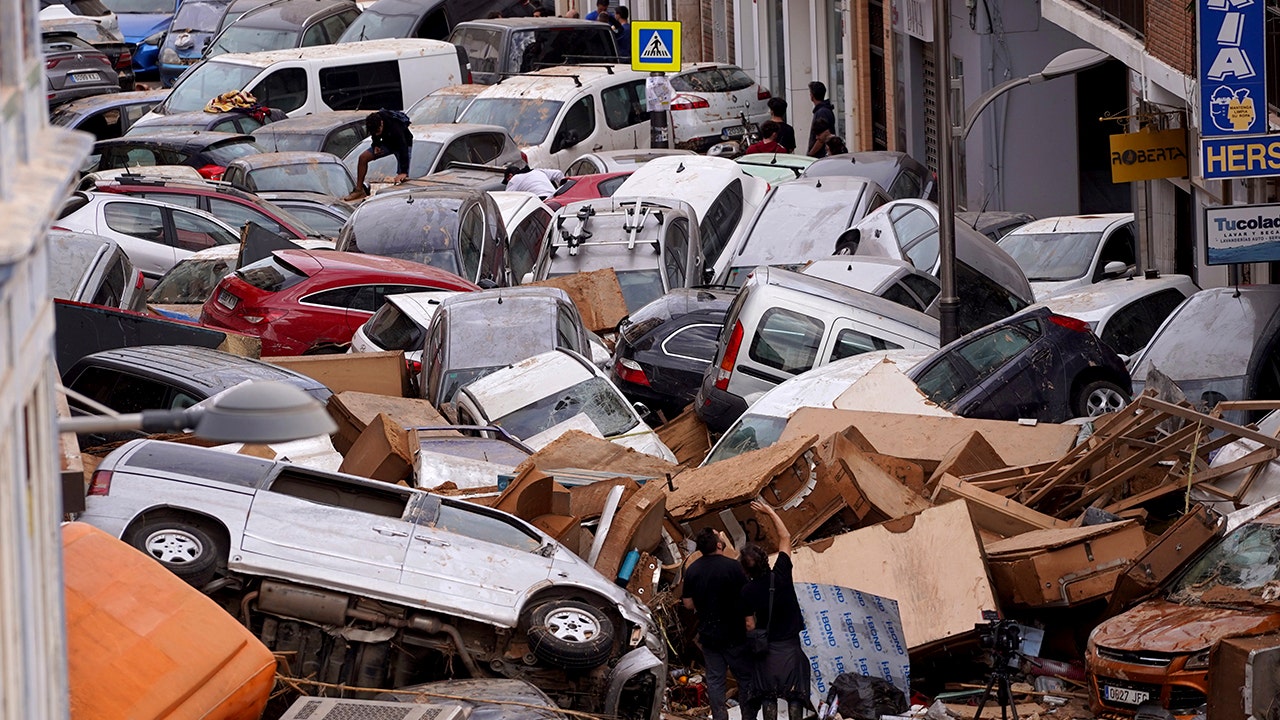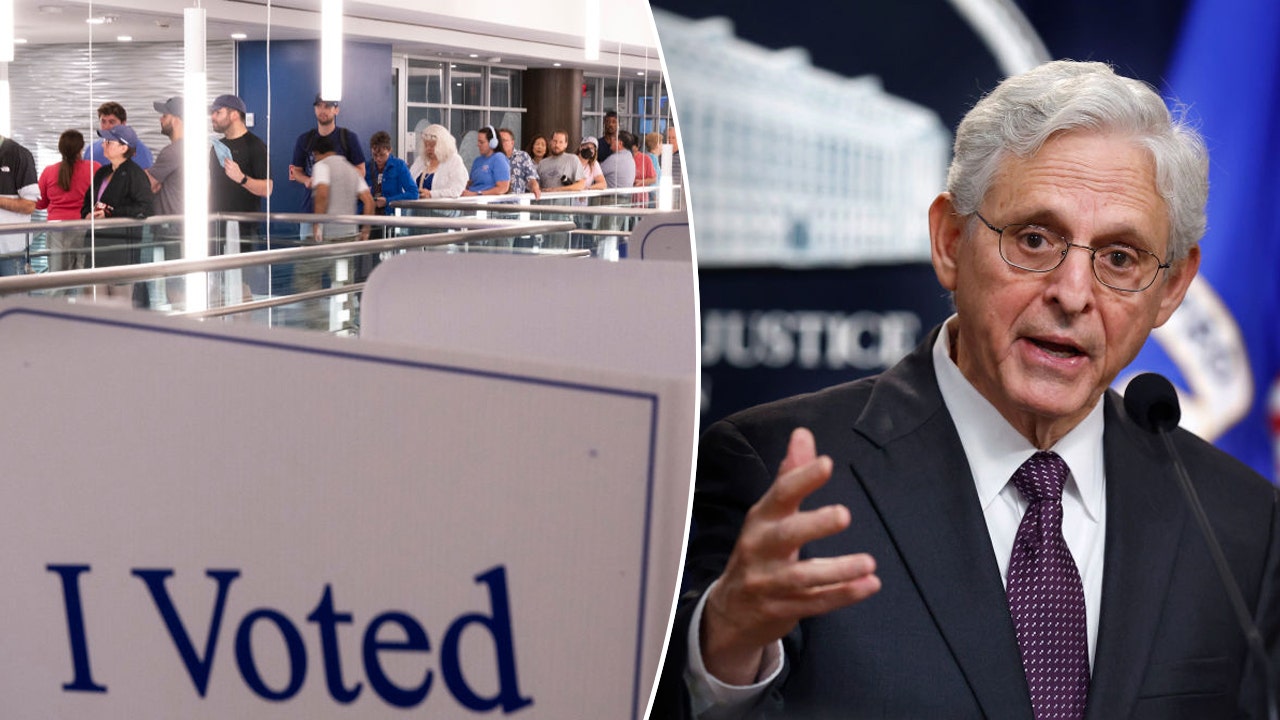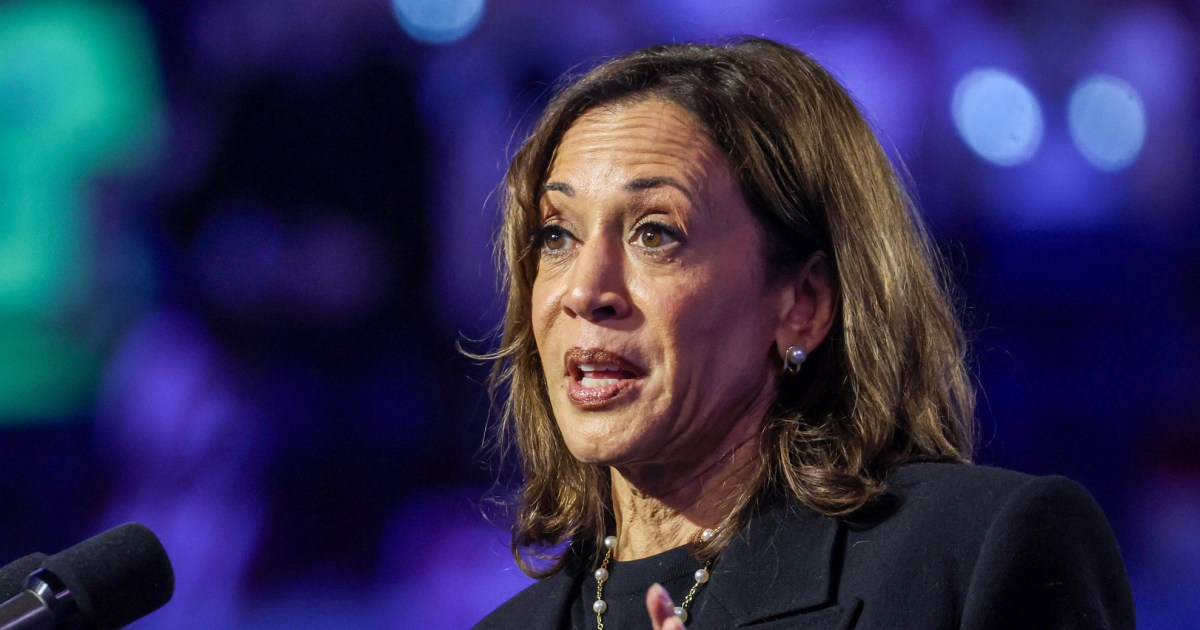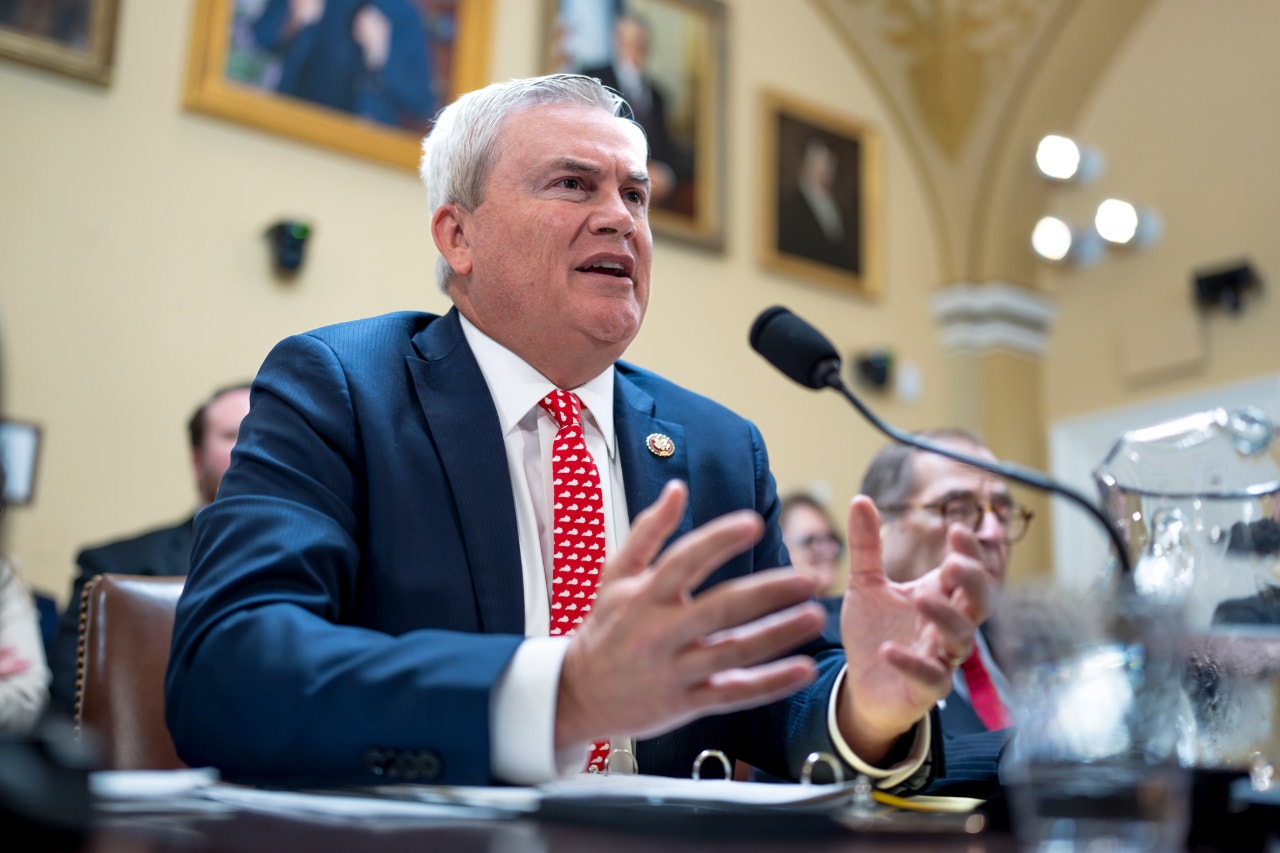North Dakota
North Dakota Dog Owners Holding Their Breath Over A New Sickness

You should pay extra attention to your best friend over the holiday weekend.
There’s a mysterious new illness that is impacting dogs across the country. First off, this is a respiratory illness that can be quite serious, according to NBC Chicago. This illness is a pneumonia-like sickness that can be potentially fatal if not treated.
Here are the symptoms that you should be looking for.
This illness in your dog will likely start out as a cough and will gradually worsen. In addition to coughing, your dog may also sneeze, have a discharge from the eyes or nose, and have trouble breathing. Fatigue is also possible for your four-legged friend as well. This illness has also shown signs of being resistant to antibiotics.
What’s the most likely way your dog can contract this respiratory illness?
Your dog is likely to get this from another dog. That means the most likely place is boarding kennels, dog parks, and groomers pose the biggest risk.
Your best way to protect your dog is to keep them away from those types of places (this could be difficult if you’re boarding your dog for the Thanksgiving holiday). Also, avoid contact with other dogs who appear sickly.
So far, ten states across America have seen this canine respiratory illness.
They include Illinois, Oregon, Colorado, New Hampshire, California, Indiana, Washington, Idaho, Georgia, and Florida.
It doesn’t appear to be pinpointed to a certain region but instead is spread out all across the country. Again, if your dog exhibits any of the conditions stated above, you are advised to seek veterinary care as soon as symptoms appear.
LOOK: The most popular dog names of 2022 in every state
Hey dog lovers, check out this awesome list of the most popular dog names in 2022 for every state, and get ready for some serious cuteness overload.
Gallery Credit: Amber Spencer-Knowles
5 North Dakota State Fish Records That May Never Be Broken

North Dakota
Live Vote Counts and Map: 2024 North Dakota Election Results

North Dakota voters will cast ballots in races for president, governor, US Senate and the state’s lone US House seat. Republicans are favored to win all four contests, according to ratings from the Cook Political Report.
Voters will also decide on a key ballot measure that would legalize recreational marijuana use.
Sign up for email alerts on key election results and what’s moving markets →
Vote Share of Leader
Vote Share of Leader
Vote Share of Leader
Race and Ethnicity
Educational Attainment
Sources: American Automobile Association, US Census Bureau, Bureau of Economic Analysis
Note: Race and ethnicity shares are based on the Citizen Voting Age Population (CVAP) from the Census Bureau ACS 5-year estimates, 2018-2022. Median household incomes are based on inflation-adjusted data from January to December 2023; educational attainment shares are for the population 25 years and over, both based on the 2023 Census ACS 1-year estimates. Regional price parity for housing is calculated by the Bureau of Economic Analysis and represents how much more (above 100) or less (less than 100) expensive housing rent expenditures are in a state compared to the national average in 2022, the latest available year. The three largest occupations per state are based on the Bureau of Labor Statistics release of Occupational Employment and Wage Statistics in 2023, the latest available data.
President
Governor
Senate
House
Key Ballot Measures
About This State
Latest News on 2024 US Election
North Dakota
The past, present and future of the Electoral College • North Dakota Monitor

The United States’ presidential election system has been a source of contention since the delegates to the Constitutional Convention first debated the matter on June 1, 1787. On that day and several thereafter, the delegates discussed whether “the people” should elect the president. Some steadfastly championed the idea and consequently proposed that a national popular vote determine which person would become president. The following account illuminates why such proposals were defeated, why the Electoral College was adopted instead, and the prospects of a national popular vote in the future.
Opposition to the national popular vote option at the Constitutional Convention
The convention delegates identified three ways to pick the president. A national popular vote, as we have seen, was one option. The other two were to have either national legislators or state officeholders pick the president. Delegates who favored the latter two options opposed a national popular vote for the following reasons.
- Some contended that the masses would be unstable, misinformed and easily duped by demagogues. (The counterargument was that, given the slowness of communications and the diversity of the nation, nefarious characters never could beguile the entire county’s sprawling, heterogeneous populace, whereas they could target and intrigue with national legislators or state officeholders. For this reason, of the three options, a national popular vote could be seen as the best safeguard against domestic and foreign foes).
- Others claimed that common folk would be unfamiliar with individuals beyond their state or region. (The counterargument was that as time passed and the bonds of union strengthened, more figures with continental reputations would emerge as prospective presidents.)
- Still others argued that a small-state resident never would win presidential contests. (This issue could be addressed by having voters cast multiple ballots and establishing requirements concerning how many had to be for a person who resided in a different state than the voter.)
- Finally, there were those who observed that southern states would be disadvantaged by a national popular vote because, collectively, one-third of their inhabitants were enslaved Black Americans, who were disenfranchised. (The counterargument was that, for now, southern states ought to acquiesce for the greater good’s sake, and, in the future, they could expect to surpass their northern counterparts in population and possibly affect slavery’s end).
On July 25, the convention voted down by a five-to-six margin (with each state delegation casting one vote) a motion to consider a popular vote system in which each voter would have cast multiple ballots. The narrow defeat arguably marked the closest the U.S. has come to instituting a national popular vote to elect the president. Ultimately, proponents of a national popular vote pushed for what they considered to be the next closest thing, a system which became known as the Electoral College.
The Electoral College at the Constitutional Convention
To win supporters, the architects of the Electoral College leveraged what delegate James Madison often referred to as “expedients” (i.e., features which could be used for outreach and compromise). As a result, the Electoral College offered something to most everyone.
- The president would be picked by electors, who themselves would be chosen for that one duty. The people would not directly elevate a person to the presidency, which appeased opponents of a national popular vote.
- Each state would be allotted a sum of electors equal to its representation in Congress. Numerically, the Electoral College would be identical to a joint session of Congress. The inclusion of the Senate in the formula for allocating electoral votes among the states advantaged small states. (Even so, among the delegates, the general assumption was that large states would exercise an influence on presidential elections mostly commensurate with the sizes of their respective populations.) The inclusion of the House in the formula advantaged slaveholding states, a benefit derived from the Constitution’s Three-Fifths Clause, which allowed states to count three-fifths of their enslaved residents when determining their haul of House seats. Thus large, free states would be underrepresented in the Electoral College while small states and slaveholding states would be overrepresented. Of the latter two, the advantage accorded to slaveholding states had a greater influence on the nation’s trajectory.
- Electors could not be national lawmakers or hold “an Office of Trust or Profit under the United States.” This provision was designed to thwart cabal and corruption.
- Congress could determine when electors would be chosen. This provision, like those which empowered Congress to establish when electors would assemble and the manner in which their votes would be certified and transmitted to the nation’s capital, aimed to prevent state interference with the system’s operation.
- Electors would be appointed in a manner directed by their respective state legislatures. The advocates of a national popular vote wanted electors to be popularly elected; other delegates wanted state lawmakers to select electors. This provision was the politically optimal solution, for it required neither state lawmakers nor the people to pick electors but permitted both to do so.
- Each state’s electors would meet and vote on the same day in their respective states. The scattered (and temporary) nature of their work was deemed a security measure in age before instantaneous long-distance communication. Consequently, this provision proved immensely important, even decisive, for it afforded protections against domestic cabal and foreign interference which no other presidential election system could match, a national popular vote notwithstanding.
- Electors would cast two ballots for president, one of which had to be for a resident of another state. This provision served three purposes: it increased the likelihood that a small-state resident would be elected president ; it countenanced nationalism; and it abetted majoritarianism (if electors cast one ballot, so the reasoning went, presidential contests likely would end with a large-state resident finishing first with a plurality of electoral votes, whereas if electors cast two ballots, it would increase the chances that one or more persons would receive votes from at least half of the electors).
- The person who received the most electoral votes would become president if a majority of electors had cast a ballot for that person, in which case the person with the second-most electoral votes would become vice president. If no person received a majority of electors’ votes, the House would choose the president from among the top-five electoral vote-getters, with each state delegation casting one vote. These provisions further increased the chances that a small-state resident would become president.
Given the political realities at the convention, this complex arrangement, reflected delegate Abraham Baldwin, was “not so objectionable when well considered, as at first view.”
The Electoral College’s defining traits
The Electoral College originally had six defining traits.
- It promoted democracy. It was the closest thing to a national popular vote politically possible, for it included the potential for the people’s participation in presidential elections.
- It promoted nationalism. Nationalism was countenanced to the extent that the president was rooted in the people. Moreover, the system was explicitly interstate in design. Finally, safeguards protected it from state interference.
- It promoted national security. Whatever delegates thought about the system’s democratic and nationalistic traits, virtually all acknowledged that, compared to having national legislators or state officeholders pick the president, it provided unmatched defenses against domestic cabal and foreign interference, which many if not all regarded as vital to the republic’s survival. The primacy of shielding the system from enemies may have been the one thing upon which the delegates agreed.
- It advantaged slaveholding states.
- It advantaged small states, principally by increasing the likelihood that a small-state resident would be elected president.
- It satisfied delegates who wanted state legislatures to direct electors’ manner of appointment.
These traits abetted the Electoral College’s approval at the Constitutional Convention and subsequent state ratifying conventions.
The Electoral College in 2024
The Electoral College’s current output mostly bears the opposite character of that which it originally was designed to produce.
- It does not promote democracy. It violates one of democracy’s essential features (political equality) and can violate another essential feature (majority rule).
- It does not promote nationalism. It effectively renders Americans in non-competitive states spectators and it inhibits the formation of interstate affinities.
- It does not promote national security. It is, in fact, a vital security risk: instead of having to influence many votes across the entire U.S., foes may target relatively few votes in competitive states alone.
- It modestly advantages small states, principally through the inclusion of the Senate in the formula for allocating electoral votes, whereas the size of the state from which a would-be president hails is of comparatively little to no importance.
- It still accords state legislatures the power to direct the manner in which their respective electors are appointed.
Ironically, the last of these was not something the system’s leading lights had desired, but rather was a necessary accommodation designed to win over other delegates.
The Electoral College’s future
There is little doubt that the Electoral College’s principal architects would have preferred a national popular vote, just as polling has long shown it to be the people’s preference. What are the chances that a national popular vote ever will be affected? That subject merits an analysis of its own. But, for now, three observations warrant brief consideration.
- First, state legislatures’ power to direct electors’ manner of appointment, which constitutes a surviving trait of the system’s original design, is the primary instrument for instituting the National Popular Vote Interstate Compact (NPVIC), a binding agreement between states which, if put into operation, effectively would result in a national popular vote.
- Second, since its conception in 2006, the NPVIC has been adopted by 18 jurisdictions (specifically, 17 states and the District of Columbia). These 18 jurisdictions currently control 209 electoral votes (meaning the NPVIC is 61 electoral votes short of the 270 required to make it operational).
- Finally, the NPVIC’s durability and accomplishments make it uniquely positioned for future success. According to a to-be-published national study which I oversaw in September 2024, it’s the preferred option among a plurality of Americans under age 50 and it draws in roughly equal measures from Republicans, Democrats and independents. Its base, in short, is broad, balanced and young. Thus the NVPIC movement arguably has brought the nation as close as it’s been to a national popular vote since the one-vote defeat of a motion to that effect at the Constitutional Convention on July 25, 1787, and it is poised to bring it still closer.
The NPVIC movement may crash upon the shoals of opposition, atrophy and perish. Or it may secure 61 more electoral votes and, assuming it is subject to a legal challenge, the approval of five Supreme Court justices. If such should be the case, finally might the people pick the president.
North Dakota
ND Secretary of State discusses election security

FARGO, N.D. (Valley News Live) – With election day just days away North Dakota Secretary of State is reminding voters how secure North Dakota elections are.
“Absolutely, the North Dakota legislature has been very proactive in implementing election integrity really long before election integrity was cool,” said North Dakota Secretary of State Michael Howe.
North Dakota is being very proactive in keeping it’s elections safe “We utilize paper ballots in the state of North Dakota. Are paper ballot tabulators have zero internet connection whatsoever. We have a voter ID law so there are a lot of common sense things in North Dakota state law,” said Howe.
7 counties in North Dakota have already utilized in-person early voting.
“We have 7 counties in the state of North Dakota utilizing in-person early voting and we’re seeing very high turn out early on,” said Howe.
Secretary Howe says historically the state sees high voter turnout for President “historically for Presidential elections in North Dakota we average 63% statewide turnout we’re already approaching 15% turnout a week before the election so we’re going to have a high or above average turnout for this election,” said Howe.
A reminder Secretary Howe wanted to get across about election security was “that’s probably the biggest thing as we enter the final week of the election and then the days after to keep that in mind what you may hear in another state may not and probably doesn’t apply to how North Dakota conducts our elections,” said Howe.
Stick with Valley News Live for all your election coverage.
Copyright 2024 KVLY. All rights reserved.
-

 Movie Reviews1 week ago
Movie Reviews1 week agoAlien Country (2024) – Movie Review
-
/cdn.vox-cdn.com/uploads/chorus_asset/file/25431700/STK201_SAM_ALTMAN_CVIRGINIA_A.jpg)
/cdn.vox-cdn.com/uploads/chorus_asset/file/25431700/STK201_SAM_ALTMAN_CVIRGINIA_A.jpg) Technology7 days ago
Technology7 days agoOpenAI plans to release its next big AI model by December
-

 Health6 days ago
Health6 days agoNew cervical cancer treatment approach could reduce risk of death by 40%, trial results show
-

 Culture7 days ago
Culture7 days agoTop 45 MLB free agents for 2024-25 with contract predictions, team fits: Will Soto get $600M+?
-

 Sports5 days ago
Sports5 days agoFreddie Freeman's walk-off grand slam gives Dodgers Game 1 World Series win vs. Yankees
-
News5 days ago
Sikh separatist, targeted once for assassination, says India still trying to kill him
-

 Culture5 days ago
Culture5 days agoFreddie Freeman wallops his way into World Series history with walk-off slam that’ll float forever
-

 Technology4 days ago
Technology4 days agoWhen a Facebook friend request turns into a hacker’s trap







/cdn.vox-cdn.com/uploads/chorus_asset/file/25697380/STK071_APPLE_A.jpg)











